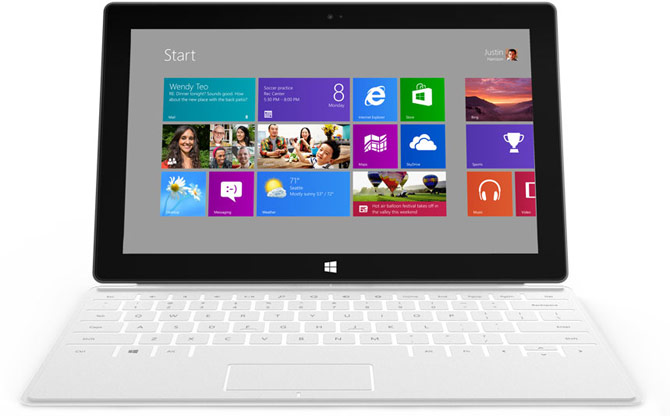At the Cannes Lions 2012 advertising festival, Microsoft Advertising hosted an interview with Chris Capossela, newly promoted Chief Marketing Officer of Microsoft, to talk about his “Device Love” keynote at the event which outlines how Microsoft is thinking about marketing across its platforms and its experiences with successes recently, notably Smoked by Windows Phone.
Beyond what Microsoft is currently capable of and is doing, Chris also had the chance to tease a little bit of the thinking behind the upcoming marketing campaign for the launch of Windows 8 and how it will differ to previous Windows marketing campaigns. The two buzzwords to watch out for are “chapter” and “romance”.
My transcription from the video:
Interviewer: Is there any different we’re going to market that (Windows 8) than we did Windows 7?
Chris Caposella: Well I think we’ll talk more directly to consumers from Microsoft.
In the past we’ve done a bunch of Windows advertising but we want to be more consistent with our message, we want to be on longer as opposed to just being a seasonal burst and then we might go quiet.
We’d rather have a more present conversation with people through our marketing and I think we’ll want to romance many chapters of the Windows 8 story, not just you know the operating system – there’s so much that has gone into Windows 8.
Our hardware partners are building incredibly beautiful hardware. We’re going to build some hardware. The applications that will be built will be another chapter for us to romance. The cloud is a really interesting chapter for us to romance.
So I think we have a richer story that we want to communicate directly to consumers on a multi-year basis, as opposed to thinking about it as “what’s the holiday campaign going to be?”. Those days are over. We want to think about a longer, more consistent dialog that has multiple chapters to it.
It sounds like instead of short but powerful burst campaigns like “Life without walls” and “Windows 7 was my idea“, Microsoft will be moving towards a more continuous pattern which promotes frequency over a longer period of time.
I think Apple’s current marketing strategy is a great example of this – there is an iPad ad almost every other time I watch network TV or a movie screening, constantly reminding me of the product and its functionality. Apple also spices it up with new variations of the ad every few months so it’s less repetitive.
I just hope for everyone’s sake when Chris is talking about “multi-chapter” and “romance”, he isn’t thinking of the Twilight series.




